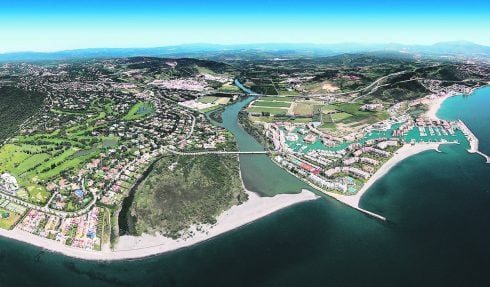By Sally Harrison
Although populated since the Neolithic period, Colmenar is one of the younger pueblos as it wasn’t established until after the Christian Kings’ conquest – and it didn’t become an independent township until 1777.
The name comes from colmena (Spanish for beehive) after a local honey-producing estate of the same name, and fittingly the town’s coat of arms features a haycock surrounded by seven bees.
Today you can still buy local honey, particularly at the local honey museum, which is well worth a visit.
At the top of the village on a hill is a magnificent 17th century hermitage, La Santisima Virgen de la Candelaria, which was consecrated to the local patron saint and became a historical local monument in 1982.
According to legend, it was erected by a group of sailors from the Canary Islands who wanted to show their gratitude after surviving a storm.
Lower down is the 16th century parish church of Nuestra Senora de la Asuncion with its Moorish-style architecture.
The town’s festive calendar starts on February 2 with a celebration of the town’s patron saint, the Virgen de la Candaleria.
One of the most popular festivals is the Dia de la Pipa on May 3 when all the townsfolk head to the countryside to eat bread rolls filled with hard boiled eggs, and of course to drink and be merry!
The most attractive route to get here is via the Montes de Malaga on the Carretera de Colmenar, through the pine forests with the road winding high over itself via two tunnels.
Visit: www.axarquiaproperties.com





